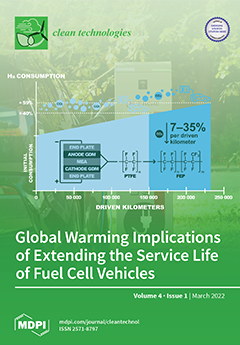Carbon capture and storage (CCS) appears to be essential for lowering emissions during the necessary energy transition. However, in Australia, it has not delivered this result, at any useful scale, and this needs explanation. To investigate the reasons for this failure, the paper
[...] Read more.
Carbon capture and storage (CCS) appears to be essential for lowering emissions during the necessary energy transition. However, in Australia, it has not delivered this result, at any useful scale, and this needs explanation. To investigate the reasons for this failure, the paper undertakes a historical and social case study of the Gorgon gas project in Western Australia, which is often declared to be one of the biggest CCS projects in the world. The Gorgon project could be expected to succeed, as it has the backing of government, a practical and economic reason for removing CO
2, a history of previous exploration, nearby storage sites, experienced operators and managers, and long-term taxpayer liability for problems. However, it has run late, failed to meet its targets, and not lowered net emissions. The paper explores the social factors which seem to be disrupting the process. These factors include the commercial imperatives of the operation, the lack of incentives, the complexity of the process, the presence of ignored routine problems, geological issues (even in a well-explored area), technical failures, regulatory threats even if minor, tax issues, and the project increasing emissions and consuming carbon budgets despite claims otherwise. The results of this case study suggest that CCS may work in theory, but not well enough under some contemporary forms of social organisation, and the possibilities of CCS cannot be separated from its social background. Social dynamics should be included in CCS projections to enhance the accuracy of expectations.
Full article





